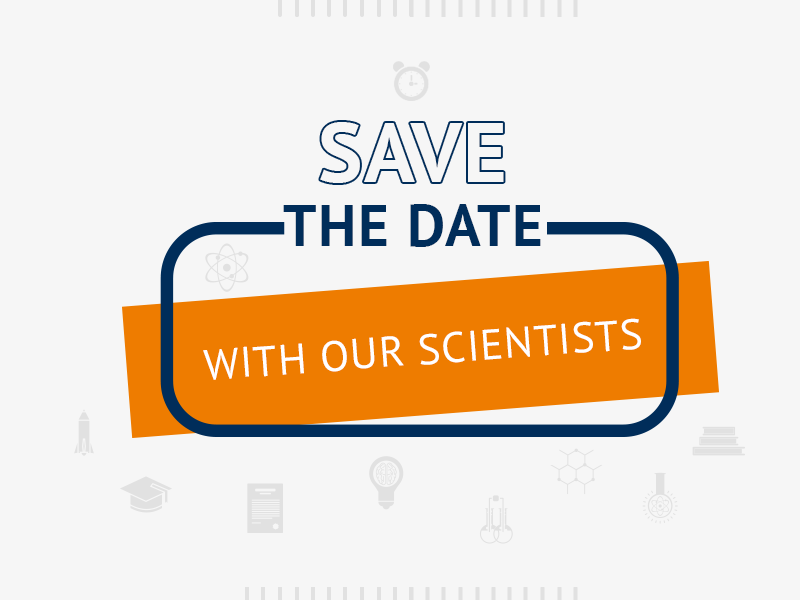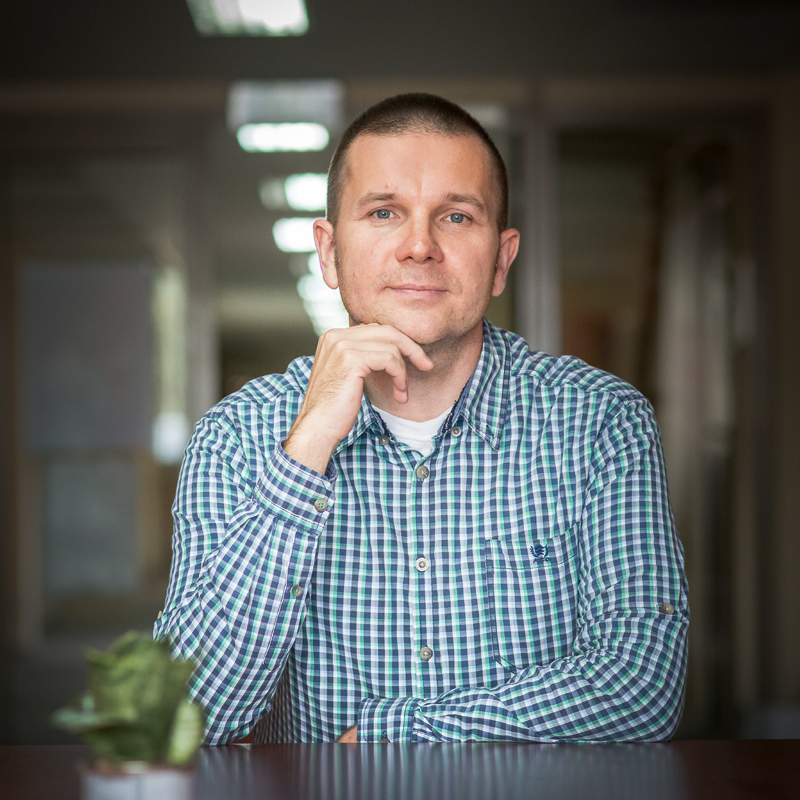
7 December
the International Civil Aviation Day

„Save the date” is a series of articles that have been written to celebrate various unusual holidays. The authors of the presented materials are students, doctoral students and employees of the Faculty of Science and Technology of the University of Silesia.
Jacek Krawczyk, PhD from the Institute of Materials Engineering tells us about tiny and seemingly non-relevant elements so that a giant object can take off the ground.
Fot. Julia Szymala
Jacek Krawczyk, PhD
Institute of Materials Engineering
People have always set goals for themselves and desired to achieve them despite their modest capabilities; thus, many of these goals had remained dreams due to the poorly developed science and technology. Our dreams are often formed by observations of the surrounding world and the desire for full participation in its uniqueness. The example can be the eternal human desire to get off the ground, whether for experiencing new sensations, communication, transport, or cognitive purposes. Even the ancient Chinese, and later Greeks, inspired by the movement and anatomy of birds, had attempted to cover a certain distance in the air… we all know how it did end up for the mythological Daedalus and Icarus. Fortunately, these failures have not shattered our dreams. Step by step, we have started to understand the rules of aerodynamics and laws that allow us to float in the air. We have discovered that not only the lifting surface movement but also hot air enables us to lift above that flat disc held by elephants on a turtle’s back… oh, it’s not that epoch any more; however, even nowadays we can bump into that theory’s followers. A year ago, one of such believers, a certain Hughes, wanted to prove that the Earth is flat. Therefore, he tried to reach the altitude of 100 km above sea level; unfortunately, his hand-made rocket exploded shortly after take-off and took his life. It is high time to mention science, as only science could have prevented the tragedy.
Without the development of science, especially the work of outstanding physicians, mathematicians, material engineers and constructors, we wouldn’t have been able to reach the current level of civil aviation. Aircraft fly further, are more comfortable and safe; moreover, we still advance their construction so they can be even better. However, there are still many things to do; especially, because aviation and astronautics aren’t entirely beneficial. Well… maybe they are for us, but Mother Nature suffers from the enormous environmental pollution caused by the aviation and space industries. Jet engines burn humongous amounts of fuel, and construction elements are not easy to be recycled due to their durability as they work in extreme conditions. Some elements are regularly replaced due to safety measures, e.g. jet engine fan blades. Science comes to the rescue, materials science, to be more exact; it deals with material development and creating new ones, so that aircraft elements can be more durable and work longer. Another step towards environmental protection is to decrease harmful exhaust fumes emitted by jet engines through the increase in the combustion temperature of aviation fuel, which is already over 1000℃. Imagine how burning hot it is in there… Phew, and superalloys of nickel and cobalt the turbine blades are often made of aren’t complaining. However, they need some help from material engineers who are still working on improving them, for example, by increasing the melting point or developing methods to eliminate material defects.
It might seem such a tiny blade (the smallest ones are of between ten and twenty centimetres long) matters little in that gigantic aviation industry just as a human matters little in macro-cosmos; nothing could be more wrong. As every atom in the structure of a material has its specific place and role, every person, both those dealing with materials engineering, physics, chemistry, or choosing future studies, is an important piece of that cosmic puzzle.
When looking at the sky ripped by the contrail of a flying aircraft, we can ask ourselves whether we want to take part in that amazing technology or simply ponder like Leonardo da Vinci: “Once you have tasted flight, you will forever walk the earth with your eyes turned skyward, for there you have been, and there you will always long to return.”
Jacek Krawczyk, PhD, from the Institute of Materials Engineering of the Faculty of Science and Technology is ao-author of the following patent: https://us.edu.pl/nowe-rozwiazanie-dla-przemyslu-lotniczego-patent-dla-us/






